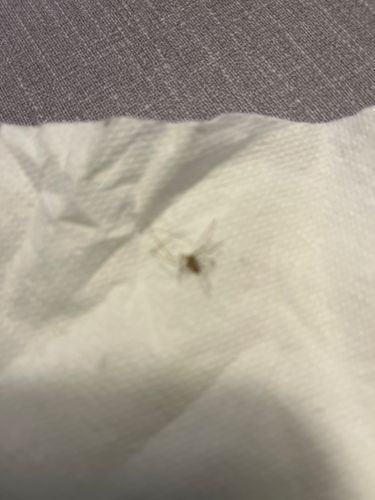Gnat (likely a Fungus Gnat)
Scientific Name: Sciaridae (for Fungus Gnats, specifically)
Order & Family: Order: Diptera, Family: Sciaridae (Fungus Gnats) or Chironomidae (Non-biting Midges) or Culicidae (Mosquitoes - less likely given appearance)
Size: 2-8 mm (adults)

Natural Habitat
Damp environments, often indoors near houseplants, decaying organic matter, or moist soil. Outdoors in shaded, moist areas with rich soil.
Diet & Feeding
Adult fungus gnats typically don't feed significantly and live only to reproduce. Larvae feed on fungi, decaying plant matter, and sometimes plant roots.
Behavior Patterns
Adults are weak fliers and often seen flying near potted plants or windows. They are attracted to light and moisture. Females lay eggs in moist soil. Larvae develop in the soil before pupating and emerging as adults. Life cycle is relatively short, around 3-4 weeks.
Risks & Benefits
Risks: Larvae can damage plant roots, especially in seedlings and young plants, leading to wilting or stunted growth. They can be a nuisance indoors due to their presence. They do not typically bite humans or transmit diseases. Benefits: Decomposers, helping to break down organic matter in soil.
Identified on: 9/18/2025